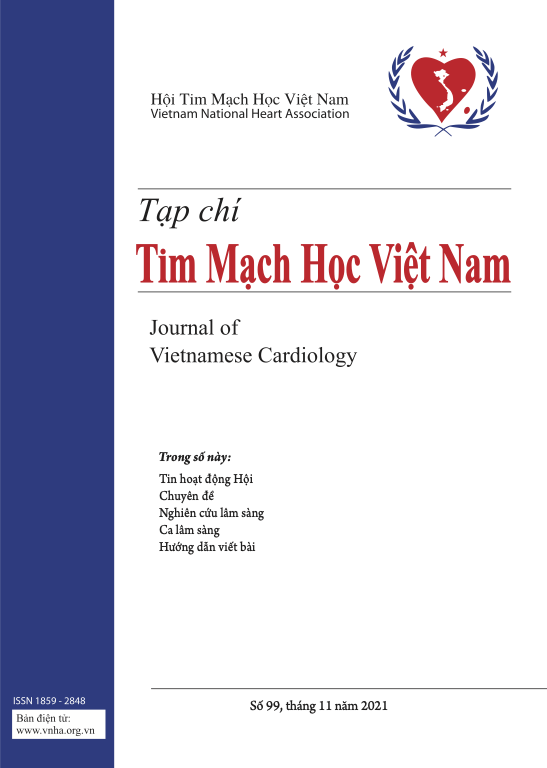Đánh giá vận động xoắn của thất trái bằng siêu âm đánh dấu mô ở bệnh nhân suy tim mạn tính
Tóm tắt
Đánh giá vận động xoắn của thất trái bằng siêu âm đánh dấu mô ở bệnh nhân suy tim mạn tínhTài liệu tham khảo
1. Phạm Tử Dương (2002), “Bệnh tăng huyết áp”, Bài giảng sau đại học, Cục quân y, tr. tr. 105-112.
![]()
2. American Diabetes Association (2010), “Diagnosis and Classification of Diabetes Mellitus”, Diabetes Care. 33(Supplement 1), tr. S62-S69.
![]()
3. Bertini M, Nucifora G, Marsan NA (2009), “Left ventricular rotational mechanics in acute myocardial infarction and in chronic heart failure patients”, J Am Coll Cardiol. 103, tr. 1506-12.
![]()
4. Clyde W. yancy, MD, MSc, FACC et al (2013), “2013 ACCF/AHA Guideline for the Management of Heart FailureA Report of the American College of Cardiology Foundation/American Heart Association Task Force on Practice Guidelines”, Circulation. 128, tr. 240-327.
![]()
5. Esther Fuchs, Markus F. Mu¨ ller, Helmut Oswald, Harriet Tho¨ny, Paul Mohacsi, Otto M. Hess (2004), “Cardiac rotation and relaxation in patients with chronic heart failure”, The European Journal of Heart Failure. 6, tr. 715-22.
![]()
6. Gibbons Kroeker CA, Tyberg JV, Beyar R (1995), “Effects of load manipulations, heart rate, and contractility on left ventricular apical rotation. An experimental study in anesthetized dogs.”, Circulation. 92, tr. 130-141.
![]()
7. Jianwen Wang, Dirar S. Khoury, yong yue, Guillermo Torre-Amione, and và Nagueh, Sherif F. (2008), “Preserved left ventricular twist andcircumferential deformation, but depressedlongitudinal and radial deformation in patientswith diastolic heart failure”, European Heart Journal. 29, tr. 1283-1289.
![]()
8. Phillips, Aaron A (2012), “Heart Disease and left ventricular rotation - a systematic review and quantitative summary”, BMC cardiovascular disorders. 12(46).
![]()
9. Taber LA, yang M, Podszus WW (1996), “Mechanics of ventricular torsion”, J Biomech. 29, tr. 745-52.
![]()








